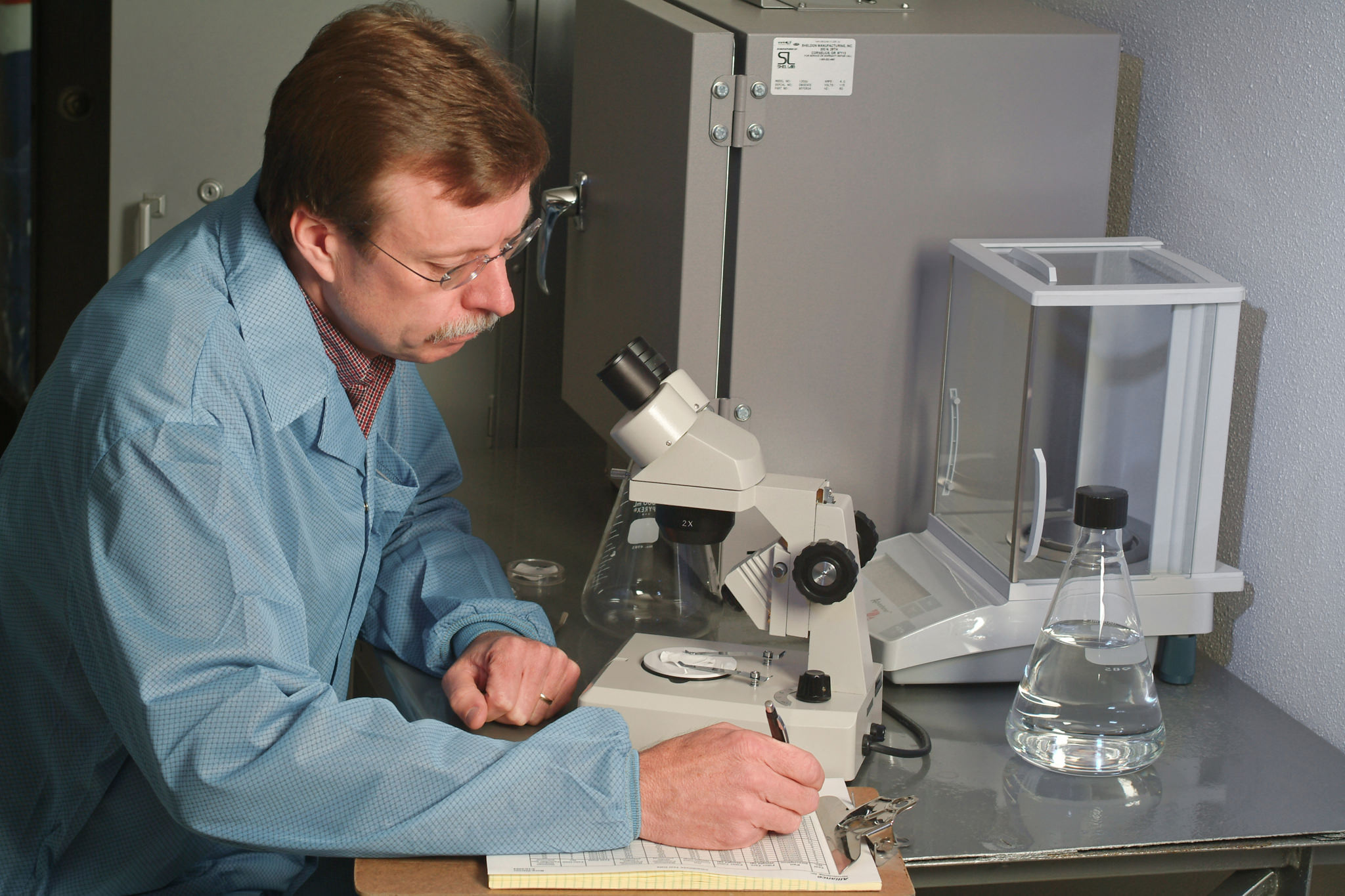In a global economy, manufacturers must be able to compete on many fronts, including price, delivery, and quality. Quality can come in many forms, and one that is becoming increasingly important is part cleanliness control. Manufactured products are often components of more complex assemblies (for example, automotive engines). If one part in the assembly is contaminated from manufacturing processes that introduce chips, grit, or other foreign debris, it can have a detrimental impact on the quality of the assembly.
Cleanliness of a particular part depends largely on the intended use of the component and expected outcome of the cleaning process. Part cleanliness requirements can vary from simple visual inspection to very strict measurement. More complex processes include close examination of particulate where contamination is measured in particle size and weight.
In all cases, desired component cleanliness will have a direct impact on the parts cleaning process to achieve the required end result. Typically, the more critical the cleanliness, the more costly the cleaning and verification processes.
One of the many challenges of most manufacturers is balancing the cost of their parts cleaning operations to match the needed end result. In order to stay competitive, manufacturers need to be able to produce quality parts as economically as possible. For most applications, parts cleaning is a necessary step in producing quality parts. At Alliance, our expertise lies in finding balance between the cleanliness and cost. In addition to building a variety of parts cleaning systems, we also offer value‐added services such as part cleaning process testing and part cleanliness testing to verify if the cleaning process is adequate. In addition, we also offer component cleanliness testing kits and instructions for our customers to use for their own verification process.
If you have parts that need to be cleaned, contact us today to learn more about parts cleaning and cleanliness verification.
